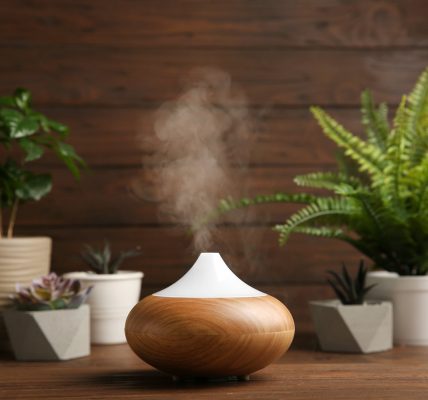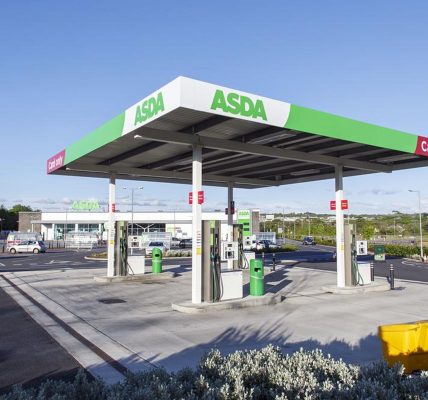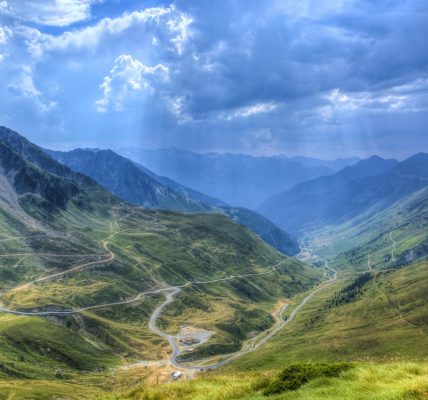Jack Lowe and his epic journey to photograph every RNLI station and their crews
It was a tea towel, of all things, that triggered Jack Lowe’s ambitious project to visit all 238 RNLI stations dotted around the British Isles.
“I had one of those lightbulb moments,” he says. “I was staring at our RNLI tea towel, one of the famous ones with a map of all the lifeboat stations, and it just dawned on me whether anyone had been to all these stations to make a photographic journal, a modern snapshot of the RNLI family.”
A bit of research revealed they hadn’t, so he contacted the RNLI which gave its blessing and the Lifeboat Station Project was born.
The first place he visited was Southwold in Suffolk in January 2015, and he has spent much of the past six years travelling around our coastline photographing the lifeboat stations and their crews.
Jack is a printmaker based in the North East and says he had reached the point where he was spending more time on other people’s work than his own. “I’ve had a passion for photography since I was eight years old – that’s when I started. I converted my bedroom into a dark room when I was 12. I just loved the magic of seeing an image appearing in chemicals and being a digital printmaker for so long I’d lost sight of that,” he says.
“Initially I planned to go to every lifeboat station and take photographs using a digital camera. then I remembered hearing Grayson Perry’s Reith lectures about art and photography and I knew I wanted to create something that was special and would be a legacy, not only for me, but the people in the photographs.”
Travelling in what he calls his “mobile darkroom” — a decommissioned ambulance called ’Neena’ — Jack uses Victorian photographic techniques to hand-make the images on glass.
At each station he photographs the coxswain, the crew and the view from every boathouse using an antique 1905 camera, as well as making audio and video recordings.
“I hand make every single photograph on glass, just as the Victorians used to do in the 1850s.” It’s a slow, painstaking process, but the end result is worth the endeavour.
“I go under the cloth to focus the camera. Sometimes I might be photographing 30 crew members and they’ll move their 20 tonne lifeboat onto the slipway on the beach and patiently wait until I’m ready, and then, hopefully, we end up with a beautiful object.”
He normally photographs between March and September when the light tends to be better. “When you shoot digitally you can shoot at practically any time but with a process that’s 170 years old you just can’t do that.”
So far he’s been to 150 lifeboat stations and in the summer of 2017 his journey brought him to US – where he visited some of the county’s lifeboat stations at Filey, Staithes, Scarborough and Whitby.
“All of these places were incredibly welcoming,” he says. “When I went to Filey it was on a Sunday and there was a scattering of ashes taking place. I couldn’t start my work until I respectfully waited for this huge funeral cortege to follow the lifeboat out. It was really quite a moving thing to witness.”
His hosts that day were Julianne and Rosalyn. “They were fantastic and the picture of them has become very popular and the crew photograph is very atmospheric, too. The lifeboat is on the wet sand and you can see the tyre tracks where they’ve been manoeuvring her into place.”
He says the crews have all gone out of their way to help him. “When I was in Scarborough they pushed the state of the art Shannon-class lifeboat out onto the sands for me just so that I had the Grand Hotel in the background.
“And in Staithes my ambulance only just squeezed down the steep main street. I remember it was incredibly hot that day and you can really see that from the photographs. The poor crew were all in their drysuits but they were very patient and they even took me out to dinner that night.”
He says Whitby was one of his personal highlights. “It’s a really special place and from a lifeboat perspective there’s a huge amount of heritage and I love the boat house view there because there’s all the houses on the opposite bank of the river.” It was here that he made another of his most popular photographs. “The glass plate I made of Leah Hunter, a young woman on the crew there, that original plate was shown as part of the Great Exhibition of the North.”
The Whitby station also bought a limited edition print of the portrait he’d made of the departing coxswain as his retirement gift. “I was welcomed back to the retirement party and presented him with the finished print. It shows how much the project touches people and how much they feel part of it.”
Jack was making good progress until everything came to an abrupt halt in March last year when the pandemic struck and the first social distancing restrictions were introduced. This put his visits on hold and he has spent the lockdown periods varnishing and archiving the 2,000 or so glass plates he’s created, as well as selling prints of his work.
Throughout the project he has been chronicling its ups and downs on his blog and has amassed a loyal band of well-wishers and supporters.
As he wasn’t commissioned to do the project it has been entirely self-funded with support also coming from a number of patrons, and last autumn he set up his own membership platform, called the LSP Society, which gives members access to extra audio recordings, blog posts and webinars.
Jack had been on course to complete his epic project by next year, but is hopeful he will be able to resume his visits this year. If that’s the case then he reckons he should be finished by 2024, which just so happens to coincide with the RNLI’s 200th anniversary.
His journey has given him a unique insight into the state of our coastal communities. “You can be in one lifeboat station and that area might not be very well off, but you go a few miles along the coast and it’s a completely different story. So it’s an interesting story in understanding the distribution of wealth around the country.”
It’s also made him realise just how much our network of lifeboat stations are part of British culture. “They are a vital slice of island life and an integral part of who we are. When people visit a coastal town one of the things they might do is visit the local lifeboat station. And it’s something that you perhaps don’t appreciate until it’s not there.”
Jack hopes to eventually produce a book and create an exhibition from a project that by the time it is completed will have taken up nine years of his life.
Above all, though, he hopes the photographs will serve as a tribute to all the RNLI volunteers, everyone from carpenters to restaurant owners, who are the charity’s lifeblood.
“When that device on their belt goes off they will drop everything and selflessly go and launch a lifeboat. So I want this to be a legacy to the incredible lifeboat volunteers and to shine a light on their greatness, because these are great people walking among us… It’s that classic adage of ordinary people doing extraordinary things.”










